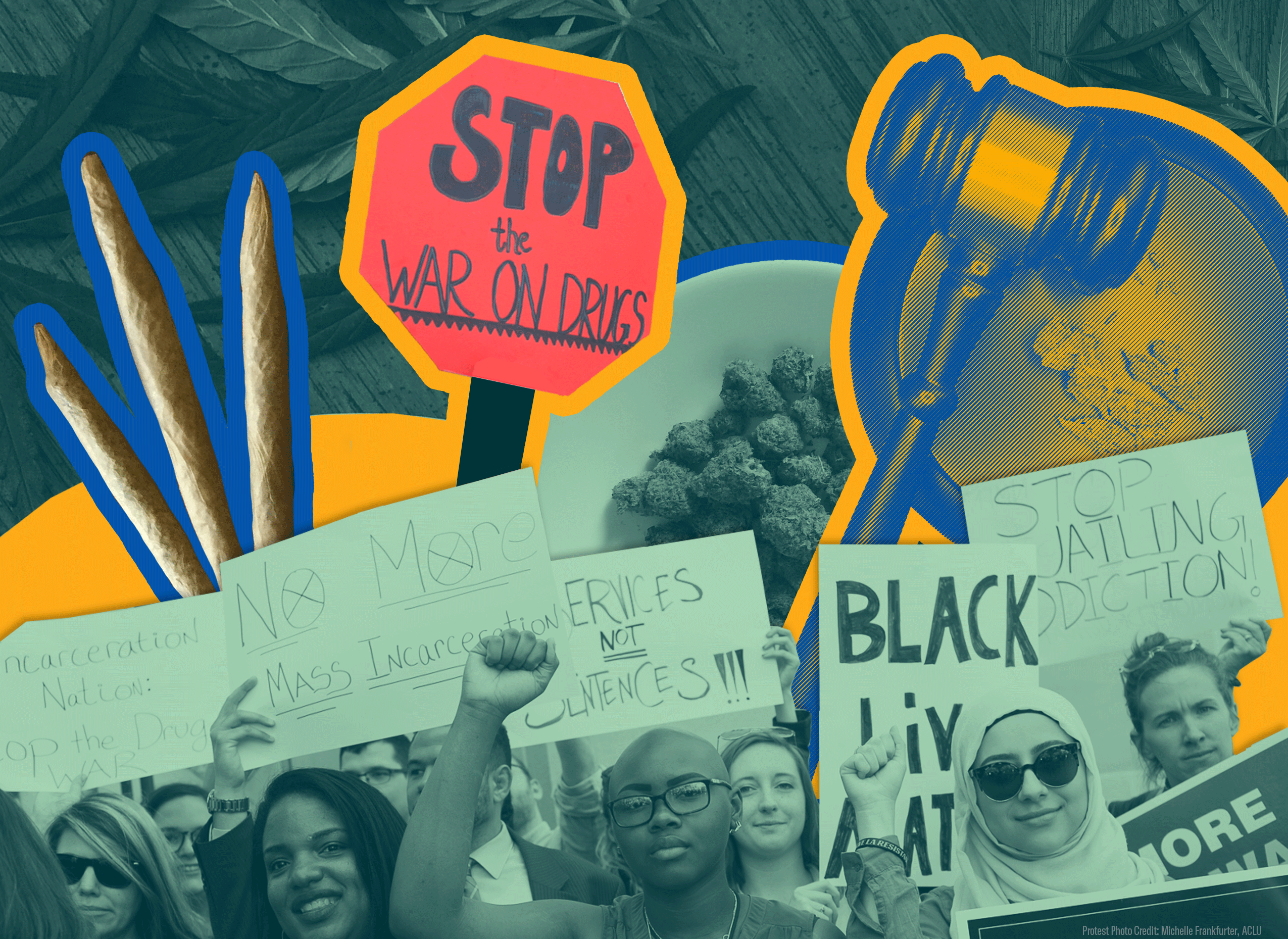
An Unprecedented Opportunity to Shape Reparations Policy in Maryland
Welcome to the Cannabis Advocacy Toolkit, written by Dayvon Love, director of public policy for the Leaders of a Beautiful Struggle. This toolkit is a conceptual resource for community advocates in Maryland who are working to ensure that racial justice is centered as cannabis (marijuana) is legalized and tax dollars are distributed from the newly legal cannabis market. The toolkit also offers a framework and insights to advocates from other states working to ensure reparations is at the core of cannabis legalization where you live.
In 2022, the Community Repair and Reinvestment Fund was created by the Maryland General Assembly. This fund will receive at least 35 percent of the tax revenues from recreational cannabis. Each county and Baltimore City will receive a percentage of these funds. That percentage will be determined by that jurisdiction’s contribution to statewide cannabis-related arrests over the last 20 years. This formula will likely lead to counties with more Black and Brown residents getting a larger share of those resources.
To implement this program, each jurisdiction is required to pass a local ordinance that will determine the process for allocating the new resources. The provision that created the Fund originated in SB 692 – the Cannabis Legalization and Reparations for the War on Drugs Act. This provision was framed in the context of reparations, which has historical roots in the Black freedom struggle in the United States.
The purpose of this toolkit is to provide organizers and advocates in the jurisdictions around the state with an essential framework to develop a local ordinance and advocacy strategy that is aligned with the reparations frame that produced the Fund.
You can also listen to the Thinking Freely podcast episode, "Can Marijuana and Racial Justice Coexist?" to learn more about this issue.
Author: Dayvon Love, director of public policy, Leaders of a Beautiful Struggle
Editors: Yanet Amanuel, director of public policy, ACLU of Maryland, and Meredith Curtis Goode, director of communications, ACLU of Maryland
Designer: Nicole McCann, senior communications strategist, ACLU of Maryland
PRINCE GEORGE'S COUNTY
Marijuana: Where Will the Money Go? The dangerous “war on drugs” and the criminalization of marijuana has facilitated the over-policing and mass incarceration of Black and Brown people for decades. Thousands of people are arrested in Maryland every year for marijuana-related violations, the majority of them Black.
We urge the Prince George’s County Council to pass an ordinance that establishes a permanent community-controlled Board made up of members who have rigorous expertise in reparations and the impact of the “war on drugs” to decide how the money will be spent and to oversee local implementation of the fund.
All Documents
Stay Informed
Sign up to be the first to hear about how to take action.
By completing this form, I agree to receive occasional emails per the terms of the ACLU’s privacy statement.
By completing this form, I agree to receive occasional emails per the terms of the ACLU’s privacy statement.


